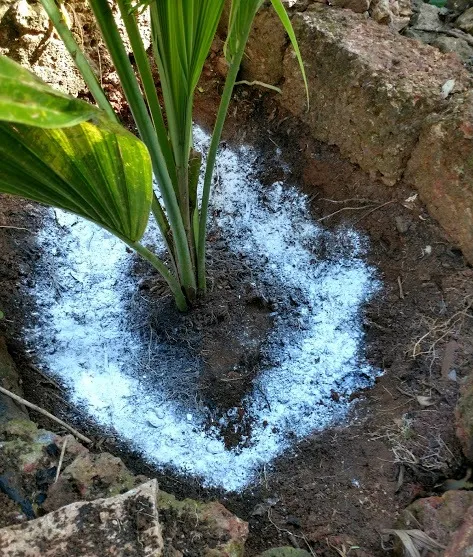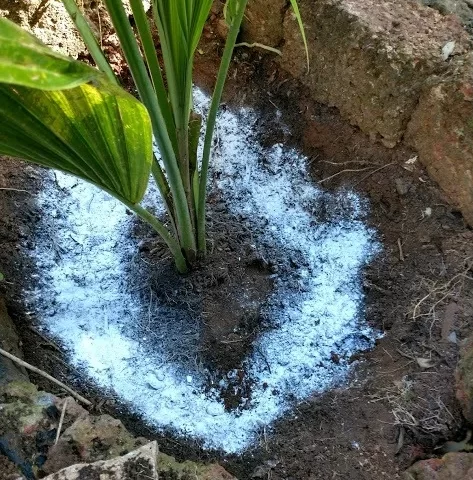While it’s a myth that coconut trees require salt for growth, sodium chloride (NaCl) plays a significant role in enhancing coconut production and fruit flavor. Salt is the most cost-effective source of chlorine, an essential nutrient for coconut trees. Chlorine deficiency, common in inland areas, can reduce copra yield, making salt supplementation valuable.

Practical Uses of Salt in Coconut Farming:
- Pest Control: Salt can deter pests, including insects and soil-borne pathogens, protecting coconut trees.
- Soil Health: In controlled amounts, salt helps manage soil salinity, supporting coconut growth in regions with natural imbalances.
- Chlorine Supplementation: Salt provides chlorine, essential for increasing copra yield, especially where chlorine deficiency is widespread.
Why the Salt Myth Persists
The belief that coconut trees need salt likely originates from their natural salt tolerance in coastal regions. While trees don’t require salt, adding it can enhance fruit production and quality, benefiting farmers economically.
What Coconut Trees Really Need
Coconut trees benefit from salty water, which provides essential minerals like sodium, crucial for healthy growth and fruiting. They thrive in well-draining soil rich in organic matter and nutrients such as potassium, phosphorus, chlorine, and nitrogen. Adequate sunlight and consistent watering are also vital for strong growth and high-quality yields. By focusing on these elements and using salt judiciously, coconut trees can achieve optimal health and productivity.
While salt is not an essential requirement for the tree’s growth but for improving fruit production capacity and taste of fruit, it plays an important role.
Proper nutrient management and careful application of salt are key to maintaining soil health and ensuring sustainable farming practices.






